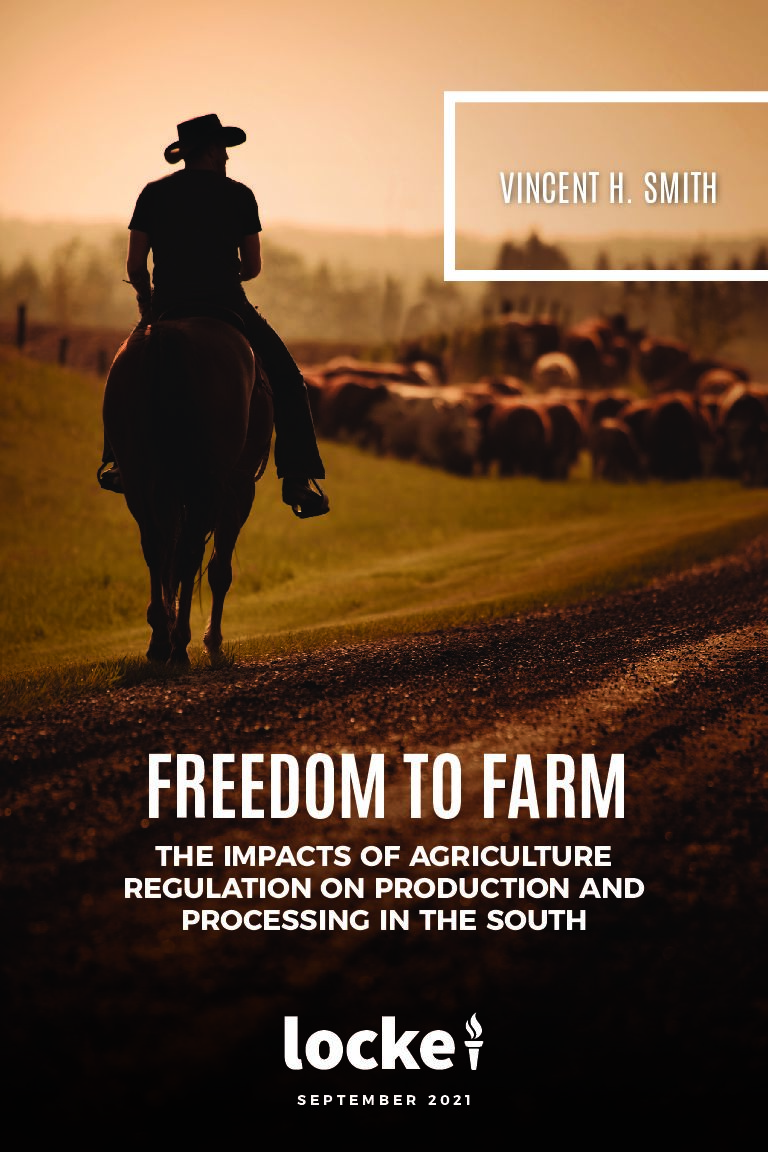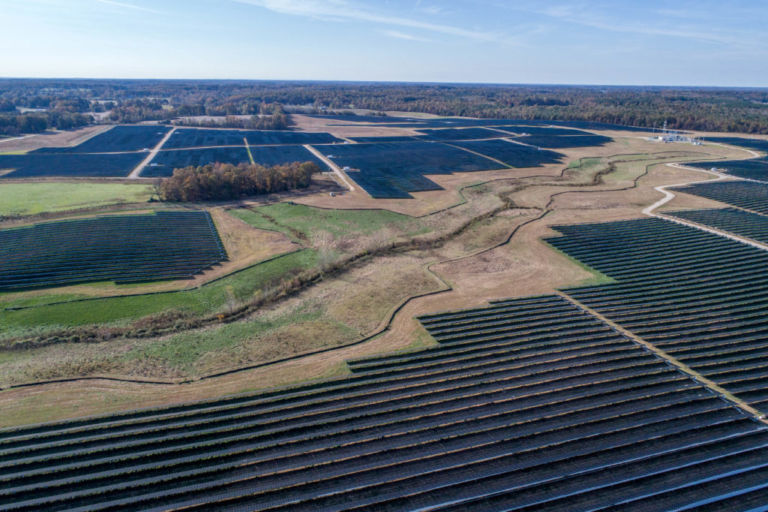In this paper we examine the structure and differences in seven southern states and the federal regulations that govern farms with dairy and cattle herds. We also describe and assess regulations that impact dairy-processing facilities and slaughter facilities that process livestock into beef products. Of the seven states, five are the east coast states of Florida, Georgia, North Carolina, South Carolina and Virginia. The other two are the adjacent “land locked” states of Kentucky and Tennessee.
The major findings of this study are as follows.
First, while both dairy and livestock operations remain important sources of revenue for farms in all seven states, both milk and cattle sales contribute to substantially smaller shares of total farm gate revenues from the sale of agricultural commodities than on average across the nation. Nevertheless, in each of the seven states, many farms do have dairy and/or cattle herds that make important contributions to the profitability of their operations and as such are likely to be concerned about the regulations under which they produce and market their milk and/or livestock. Further, in both the dairy and cattle sectors of these states’ agricultural economies, substantial numbers of farmers operate with surprisingly small herds. Thus, they may be more likely to seek out niche markets in which to sell their milk and red-meat products. These operations are also more likely to be concerned about federal and state regulations that restrict their access to local markets.
Second, dairy and meat processing plants engaged in interstate commerce, with respect to the distribution of their products, are all regulated at the federal level. However, intrastate commerce in both dairy and beef products is governed by state regulations. Nevertheless, federal legislation requires that states apply standards for the intrastate sale of beef products by processors and farmers to consumers that are at least as effective as the federal regulations applied to interstate commerce. However, a state’s standards and regulations do not have to be identical to those mandated by the federal government, providing each state with some flexibility in how they implement food safety and sanitation regulations.
Third, in the dairy sector, states have the freedom to permit farms and processors to sell raw milk (milk that has not been pasteurized) as fluid milk for human consumption and processed products that are also produced with raw milk. However, most of the seven states examined in this study have been reluctant to permit such sales. Five of the seven states do not permit any sales of raw milk or raw-milk products. Kentucky only allows farms to sell raw goat’s milk as fluid milk and, even then, only to consumers with a doctor’s written consent or prescription. South Carolina does allow raw-milk sales, but has strict sanitary, bottling, and labeling standards that require farms to invest in some processing equipment and incur some costs.
Fourth, states do vary in how they treat the disposition of livestock products by farms. None allow farms to slaughter cattle, process carcasses into beef cuts and products such as hamburgers and sausages, and then sell them to the general public unless the farms themselves also have on-site meat-processing plants that are inspected on a continuing basis. However, in all seven states, farmers are allowed to slaughter and butcher animals, or send the animal for processing to a custom facility, if the meat products are to be consumed by the farm family, non-paying guests, or workers on the farm. In some of the seven states, and across the nation, farms are allowed to sell a live animal or a share in a live animal to a consumer who, depending on the state, can slaughter and butcher the animal themselves or have the carcass processed by a custom facility. Those facilities, which are typically small and often viewed as handling deer and other game killed by hunters, became the focus of substantially increased interest in April, May, and June of 2020 when, in response the COVID-19 crisis, many large-scale meat processing plants had to temporarily close their doors.



